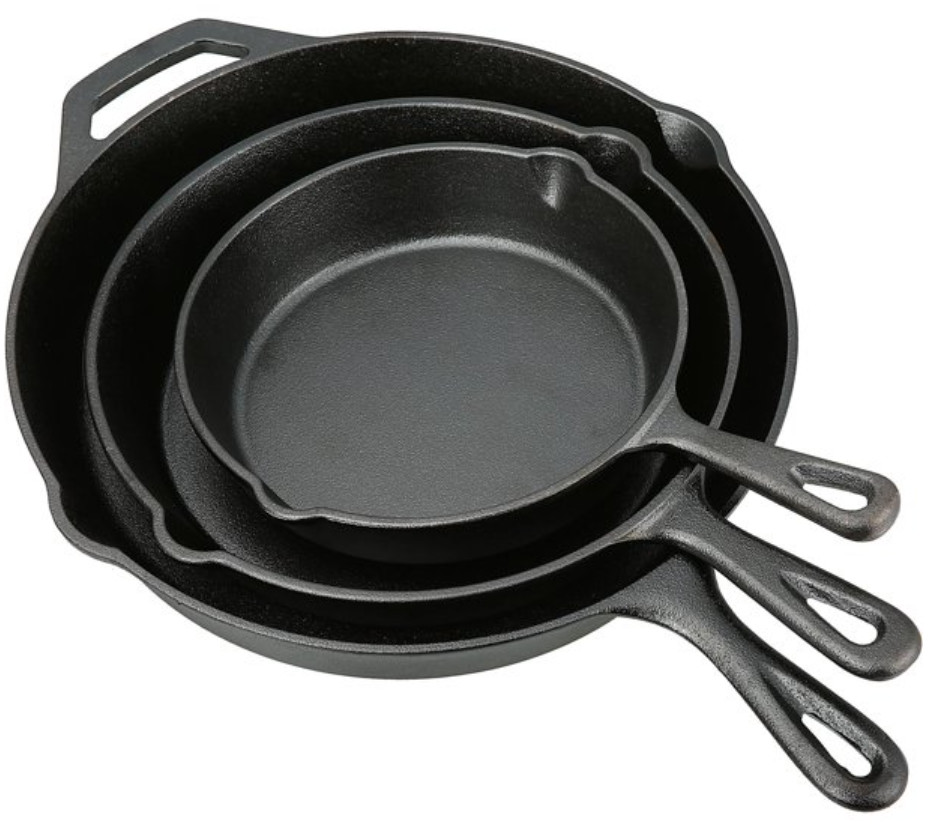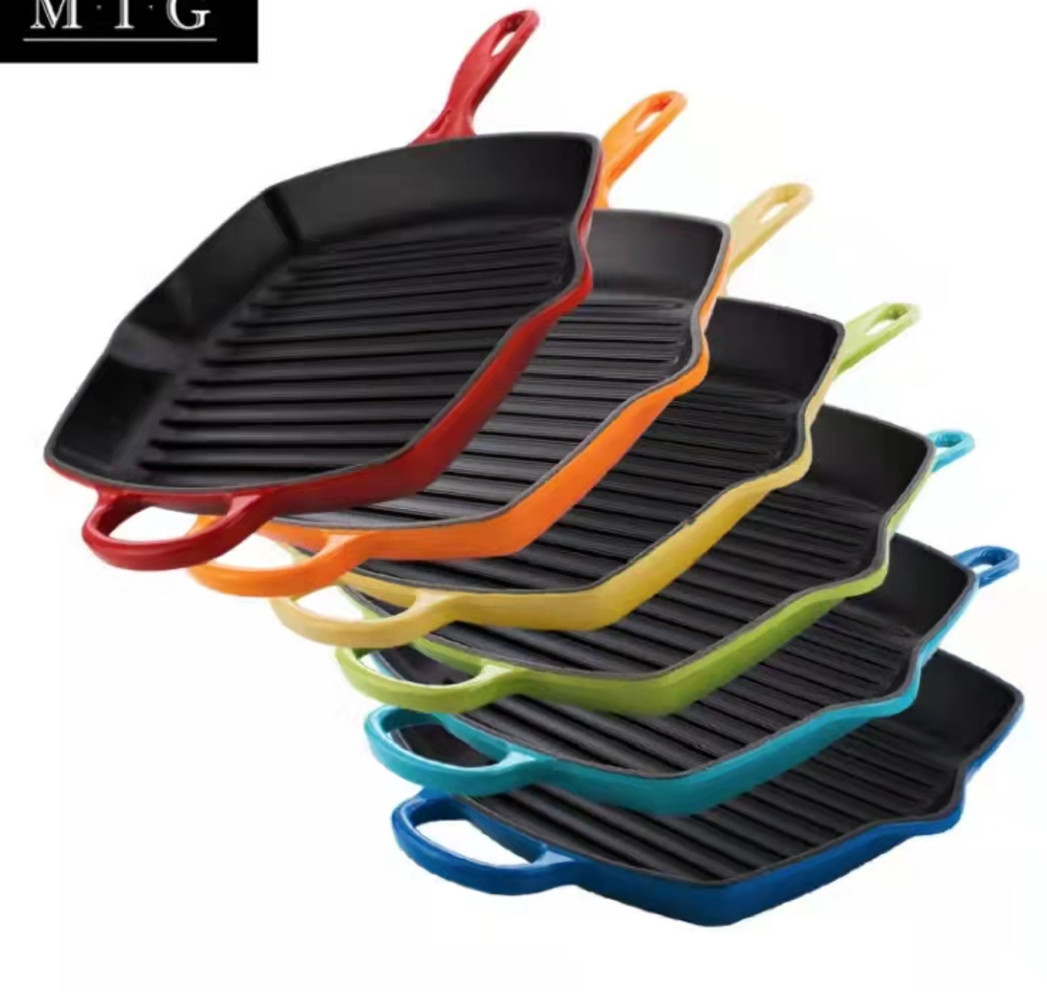- 150m Kudu, Yammacin DingWei Road, Nanlou Village, Changan Town, GaoCheng Area, Shijiazhuang, Hebei, Sin
- monica@foundryasia.com
Jun . 12 ga Fabrairu, 2023 18:48 Komawa zuwa lissafi
MENENE SIMIN KARFE COOKARE
Abin da ake simintin ƙarfe na dafa abinci:
Kayan girki na simintin ƙarfe kayan girki ne mai nauyi wanda aka yi da ƙarfe na simintin ƙarfe ana ƙimanta shi don riƙe zafinsa, ƙarfinsa, ikon yin amfani da shi a yanayin zafi sosai, da kuma dafa abinci mara tsayawa lokacin da aka ɗora shi da kyau.
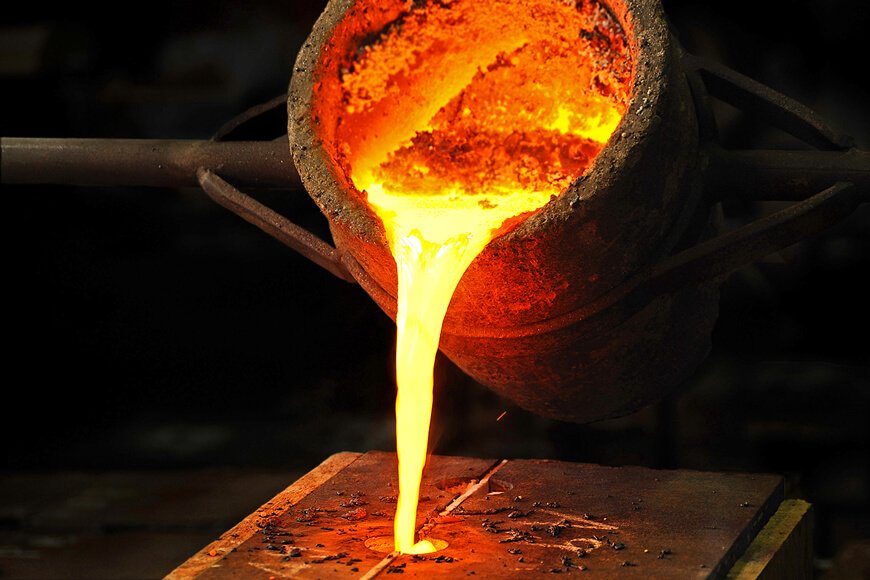
Tarihin kayan girki na simintin ƙarfe
In Asia, particularly China, India, Korea and Japan, there is a long history of cooking with cast iron vessels. The first mention of a cast-iron kettle in English appeared in 679 or 680, though this wasn't the first use of metal vessels for cooking. The term pot came into use in 1180. Both terms referred to a vessel capable of withstanding the direct heat of a fire. Cast-iron cauldrons and cooking pots were valued as kitchen items for their durability and their ability to retain heat evenly, thus improving the quality of cooked meals.
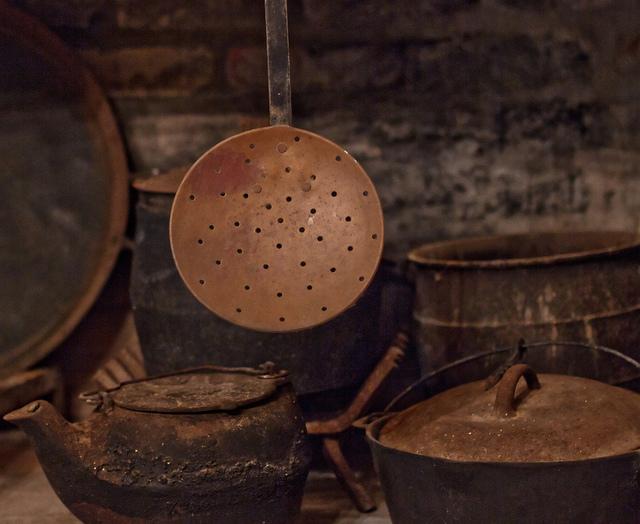
A Turai da Amurka, kafin gabatar da murhun kicin a tsakiyar karni na 19, ana dafa abinci a cikin murhu, kuma ko dai an tsara tukwane da kwanon dafa abinci don amfani a cikin murhu, ko kuma a dakatar da shi a cikinsa.
Cast-iron pots were made with handles to allow them to be hung over a fire, or with legs so that they could stand in the coals. In addition to Dutch ovens with three or four feet, which Abraham Darby I secured a patent in 1708 to produce, a commonly used cast-iron cooking pan called a spider had a handle and three legs allowing it to stand upright over campfires as well as in the coals and ashes of a fireplace.
An fara amfani da tukwane da kwanonin tukwane marasa kafa, lebur ɗin ƙasa lokacin da murhu ɗin dafa abinci ya shahara; wannan lokacin na ƙarshen karni na 19 ya ga ƙaddamar da ɗakin kwana
cast-iron skillet.
Kayan girkin siminti-iron ya shahara musamman tsakanin masu yin gida a farkon rabin ƙarni na 20. Kayan girki ne mai arha amma mai dorewa. Yawancin gidaje na Amurka suna da aƙalla kwanon dafa abinci na simintin ƙarfe ɗaya.
Ƙarni na 20 kuma ya ga gabatarwa da kuma shaharar kayan girki da aka yi da simintin ƙarfe na enamel.
Today, of the large selection of cookware that can be purchased from kitchen suppliers, cast iron comprises only a small fraction. However, the durability and reliability of cast iron as a cooking tool has ensured its survival. Cast-iron pots and pans from the 19th and 20th century continue to see daily use to the present day. They are also highly sought after by antique collectors and dealers. Cast iron has also seen a resurgence of its popularity in specialty markets. Through cooking shows, celebrity chefs have brought renewed attention to traditional cooking methods, especially the use of cast iron.
Muhimman kayayyaki
Nau'o'in kayan dafa abinci na simintin ƙarfe sun haɗa da kwanon soya, tanda Dutch, griddles, iron waffles, panini press, zurfin fryers, woks, fondu da potjies.
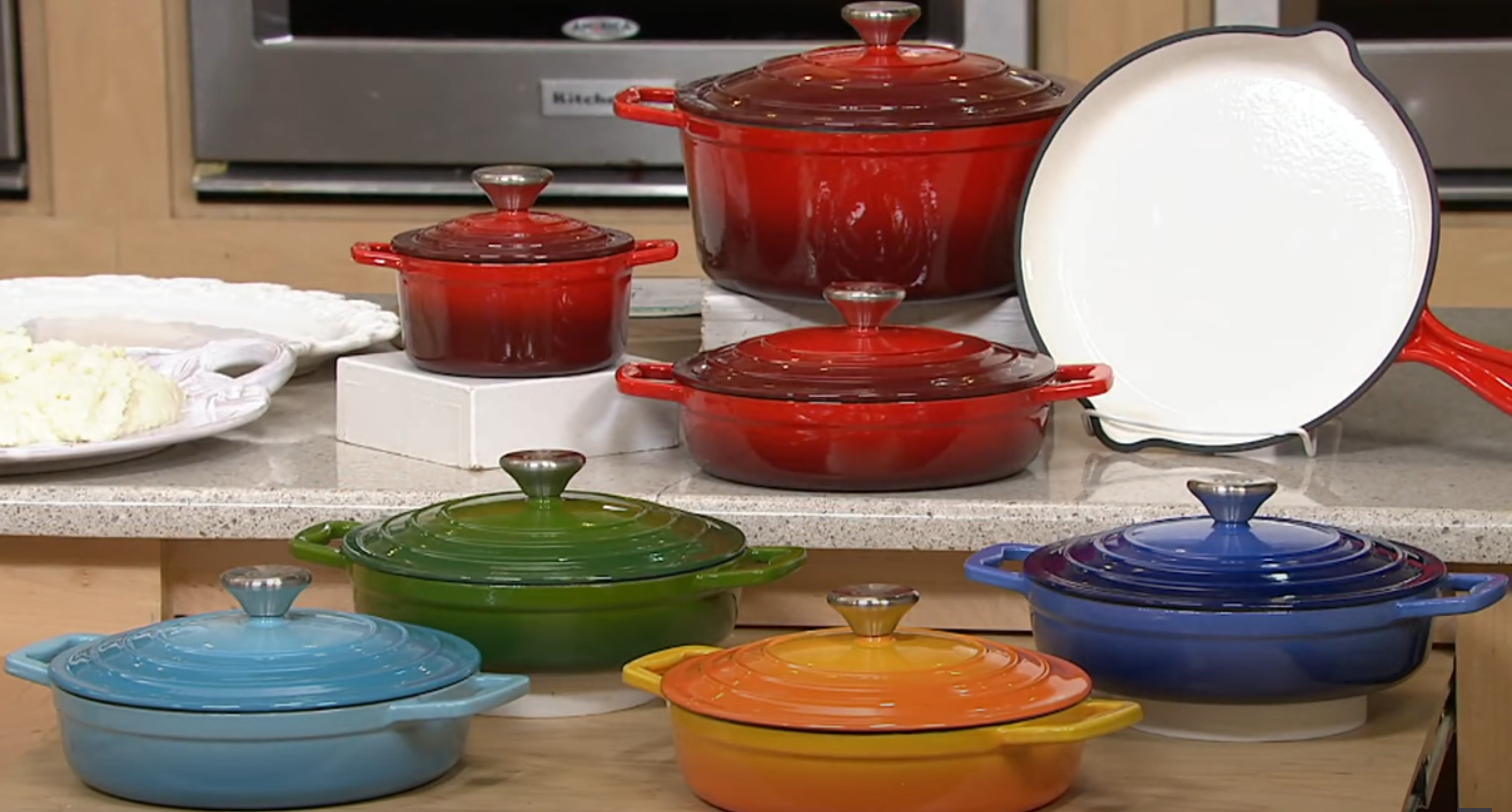
Amfanin kayan girki na simintin ƙarfe
Cast iron's ability to withstand and maintain very high cooking temperatures makes it a common choice for searing or frying, and its excellent heat retention makes it a good option for long-cooking stews or braised dishes.
Because cast-iron skillets can develop a "non-stick" surface when cared for properly, they are excellent for frying potatoes or preparing stir-fries. Some cooks consider cast iron a good choice for egg dishes, while others feel the iron adds an off-flavor to eggs. Other uses of cast-iron pans include baking, for instance for making cornbread, cobblers and cakes.
Many recipes call for the use of a cast-iron skillet or pot, especially so that the dish can be initially seared or fried on the stovetop then transferred into the oven, pan and all, to finish baking. Likewise, cast-iron skillets can double as baking dishes. This differs from many other cooking pots, which have varying components that may be damaged by the excessive temperatures of 400 °F (204 °C) or more.
-
Product introduction of Changan Cast Iron Co., LTD
LabaraiJan.24,2024
-
The Impact of the Leidenfrost Effect on Non-Stick Properties of Cast Iron Titanium Coated Cookware
LabaraiJan.24,2024
-
Binciko Rarraban Dafuwa——Cast Iron Casseroles vs Casseroles na Kullum
LabaraiJanairu 03,2024
-
An Sake Shirya Taron Bitar Marufi tare da Shelving da 3D Ajiya don Kaya
LabaraiDec 29,2023
-
Ana iya tsaftace tukunyar enamel baƙin ƙarfe da aka yi amfani da shi da kyau tare da matakai masu zuwa:
LabaraiDec 27,2023
-
Tsarin Metallographic don enamel akan simintin ƙarfe
LabaraiDec 27,2023
